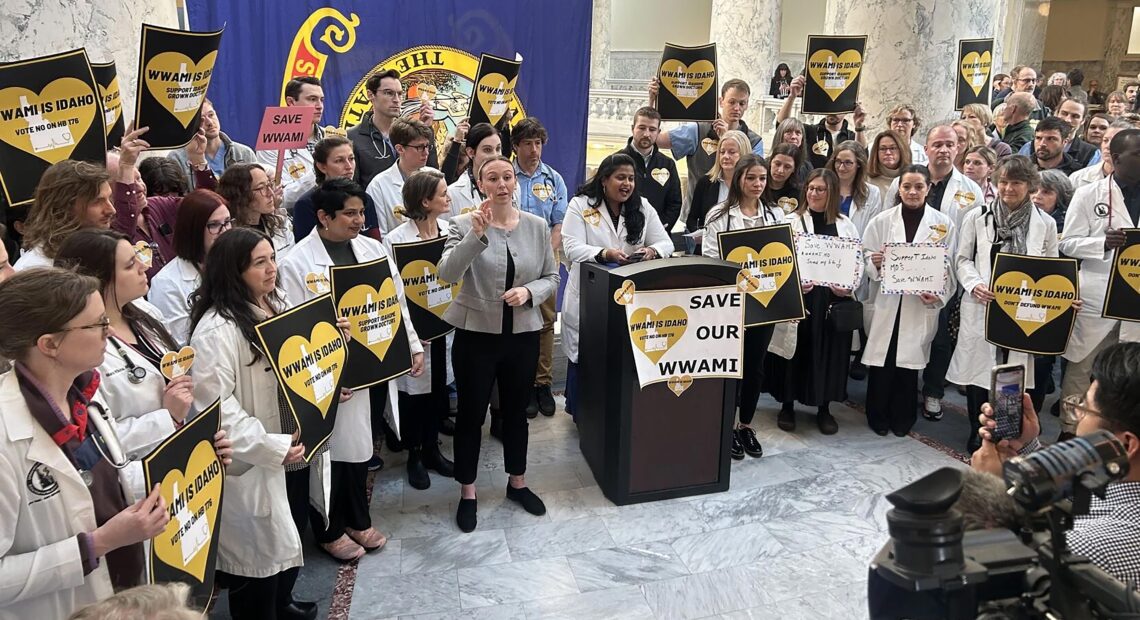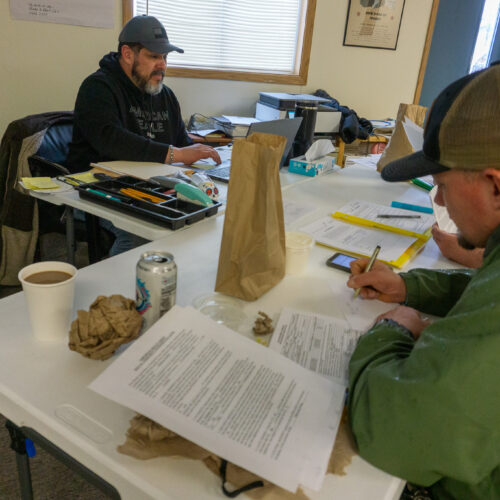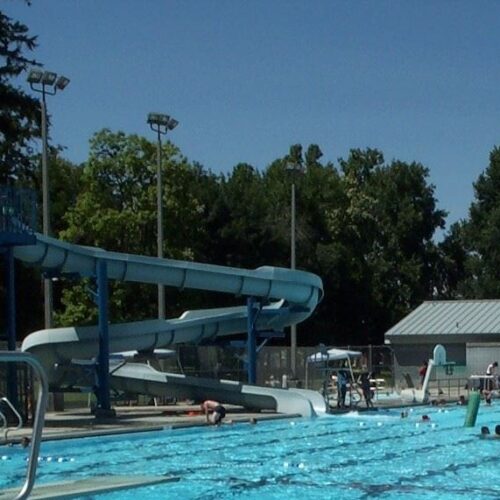
Idaho bill could shutter medical education program
By Rachel Sun
Listen
Audio story by Rachel Sun
(Runtime 1:24)
Read
By Laura Guido, Lewiston Tribune
BOISE — A large crowd, many clad in white coats and scrubs, gathered in Boise on Friday, filling about half the fourth-floor Capitol rotunda. Chants of “save WWAMI” echoed off the marble floors and walls.
The physicians and medical students were responding to a bill that’s currently in the Legislature, HB 176, which would begin the process of withdrawing Idaho from its 53-year-old partnership with the University of Washington and three other Western states for medical education.
Additionally, the State Board of Education on Thursday created an Undergraduate Medical Education Committee to “attack” the issue of a physician shortage “and figure out how Idaho’s current landscape should, and must, evolve to have new partnerships, maintain current ones, and look out for Idaho’s best interest,” Board President Linda Clark said in a statement.
The doctors on Friday urged decision-makers to stay in WWAMI, which stands for Washington, Wyoming, Alaska, Montana, and Idaho.
Dr. Andrea Christopher, a Boise doctor and medical educator with WWAMI, also highlighted the doctor shortage in Idaho — the Gem State ranks last in the nation in physicians per capita.
“We cannot disrupt our physician training pipeline at a time when we desperately need more physicians here in Idaho,” Christopher said.
HB 176 sponsor, Rep. Dustin Manwaring, R-Pocatello, told House Education Committee members Feb. 14 that he believed the bill would be a first step in pursuit of Idaho having its own medical school.
The bill would require a new partnership with at least two medical schools in Idaho or the Mountain Time Zone by the 2027-28 academic year. The majority of the clinical rotations from the new program would be required to be in Idaho by 2029-30 academic year.
Christopher on Friday said this timeline would be unrealistic if the goal was to recreate the network of clinical rotation positions WWAMI currently has in Idaho.
“Building the program we have today took literally more than 50 years,” she said.
Currently, there are 250 clinical rotation positions in Idaho at 42 sites; some of those positions are special training sites for students who want to focus on rural training in the program’s “targeted rural underserved track.”
There are 40 spaces for Idaho students in WWAMI, and those students spend their first two years training at the University of Idaho in Moscow. Students may then participate in their clinical rotations in Idaho or the other WWAMI states.
Manwaring last week highlighted the University of Utah’s program as the likely the new partner, although the school is not named in the bill. Currently the Utah school has 10 slots for Idaho students. The bill would designate up to 60 slots for Idaho students at the new partner school per year.
UI has already pursued a memorandum of understanding with Utah’s school to look into this partnership, UI staff said last week.
A second proposed medical school partner was not mentioned during the hearing, but the only other available option would be the private Idaho College of Osteopathic Medicine (ICOM) in Meridian. Brigham Young University in July announced it planned to create a medical school in Provo, Utah, which would also be eligible once established.
The speakers on Friday expressed doubt that the quality of education would be replicated with a new partner.
Mark Uranga, a pediatrician in Boise and WWAMI clinical instructor, said he takes the extra time to provide education amid his other professional duties because of the program’s track record.
“This dedication is something I don’t take lightly, I won’t volunteer my time for a for-profit institution with an unproven track record,” Uranga said, likely referring to ICOM, which is a for-profit institution that graduated its inaugural class in 2022.
He argued that other Idaho clinical educators, known as clinical preceptors, would also be wary of continuing to take on students if the program shifted.
In 2023, the UW School of Medicine was ranked No. 1 in primary care and family medicine training by US News & World report. UW declined to participate in the survey for the 2024 rankings. US News ranked University of Utah as tier 2 for research medical schools and tier 3 for primary care.
HB 176 advanced narrowly out of committee last week, with supporters also citing that Idaho and the University of Washington have different values around abortion. Manwaring last week brought up that UW’s president had yet to sign an amendment to the contract that prohibited Idaho funds from going toward abortion training.
A UW spokesperson told the Idaho Press last week that the president signed the amendment Feb. 14.
WWAMI educators also argued that increasing the Idaho slots in the program has been a challenge because of the difficulty of finding and training enough clinical preceptors so the students have clinical positions in the state.
Christopher said she and UW would be open to creating new partners, but opposes the dismantling of Idaho’s program. She highlighted that 51% of Idaho WWAMI students return to the state to practice and around 70% of students from all the partner states return to Idaho to practice.
“The process of building relationships to build a network of physicians in rural communities to train the next generation of physicians takes decades,” Christopher said, “but it also has a pipeline that we can show is proven with 50% to 70% of trainees coming back to practice here in the state. … Why get rid of a program that is working so well for us, with such an incredible retention rate?”
The bill passed through the committee in a 9-5 vote and awaits a vote by the full House.
Laura Guido covers Idaho politics for the Lewiston Tribune, Moscow-Pullman Daily News and Idaho Press of Nampa. She may be contacted at lguido@idahopress.com and can be found on Twitter @EyeOnBoiseGuido.
Tags:
















